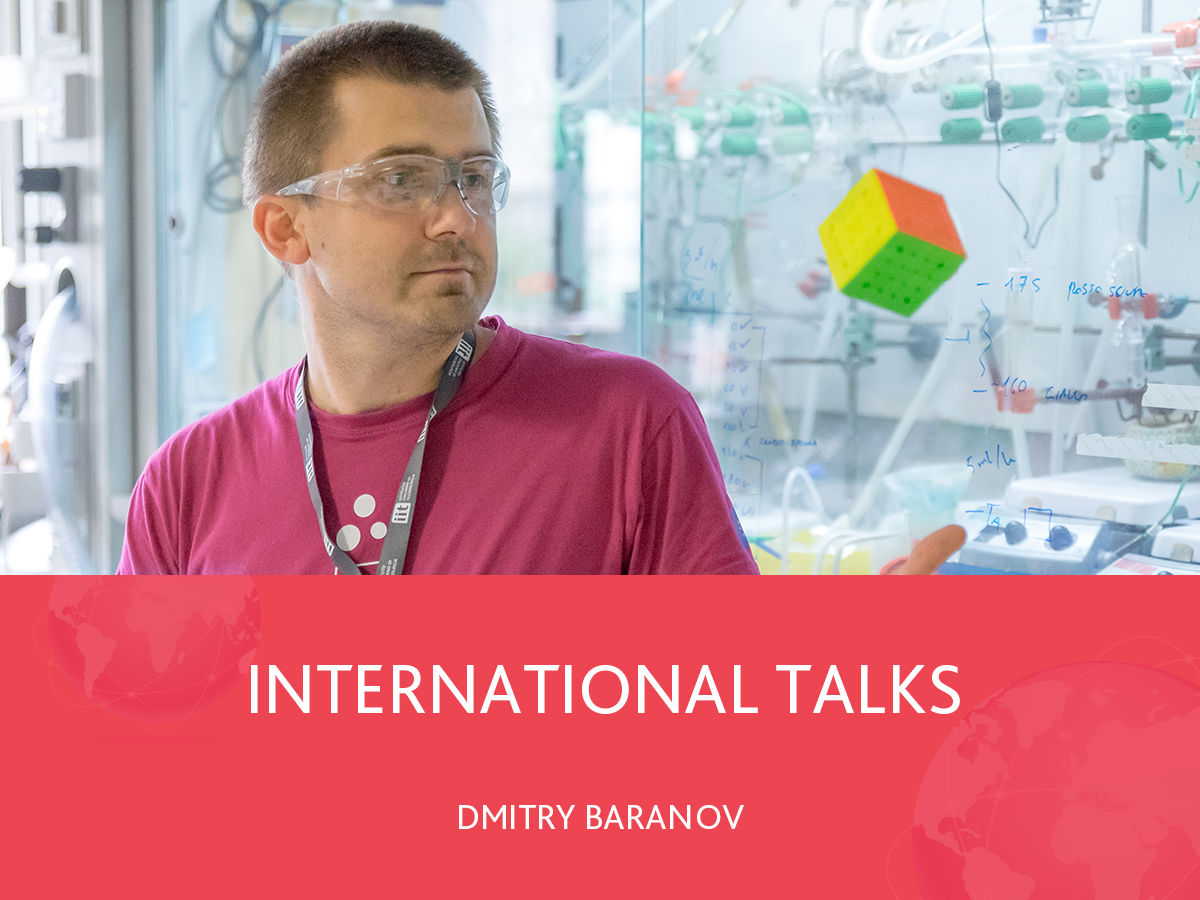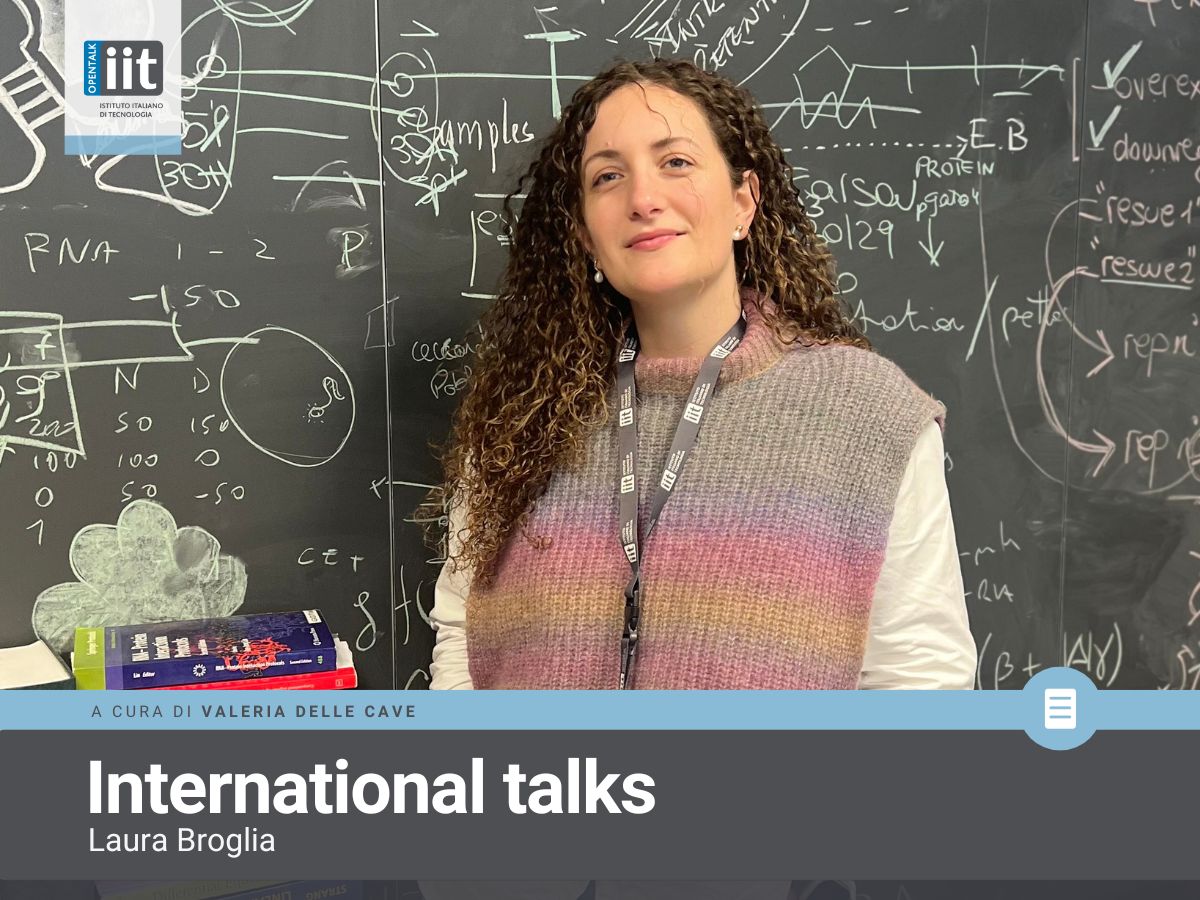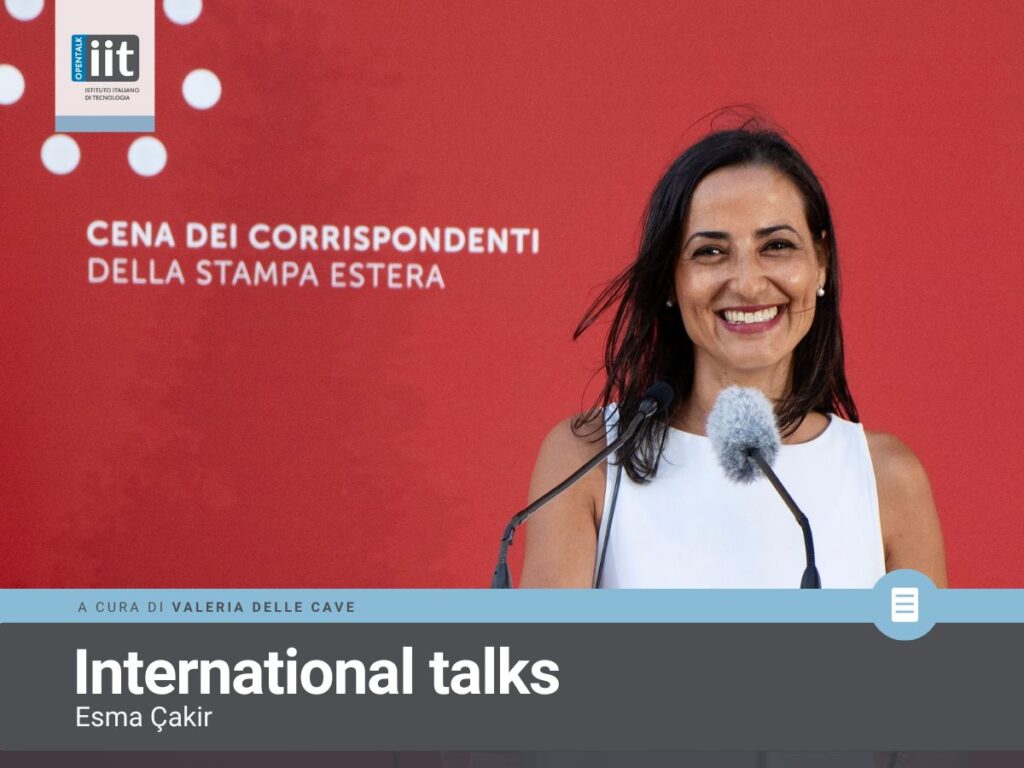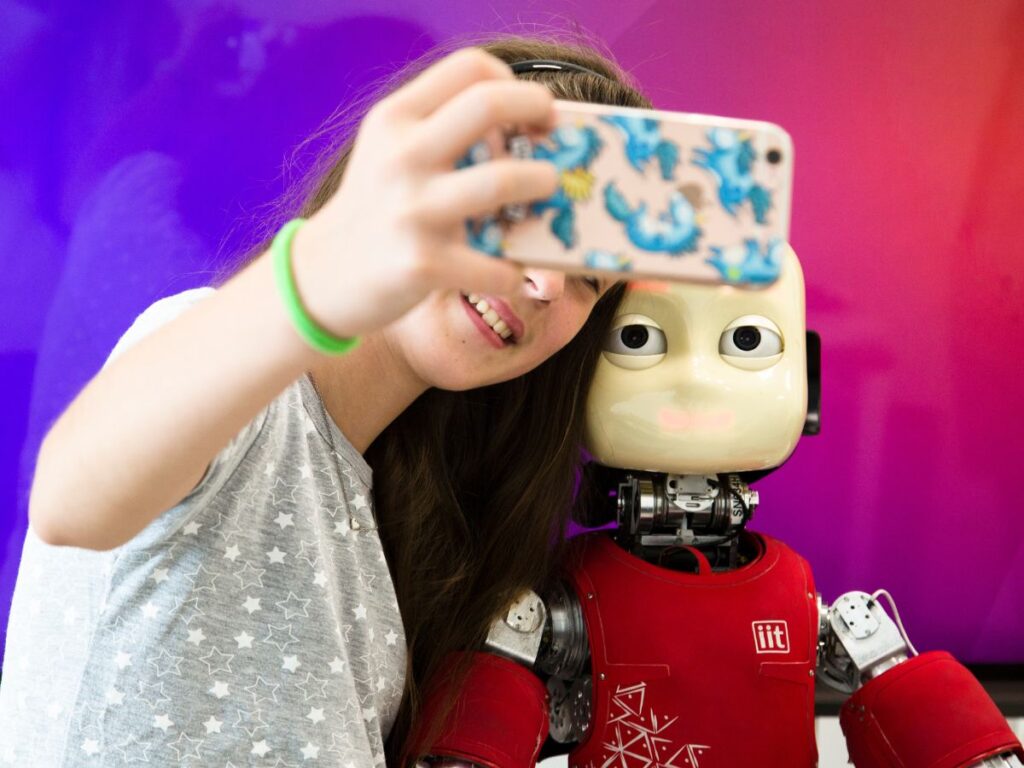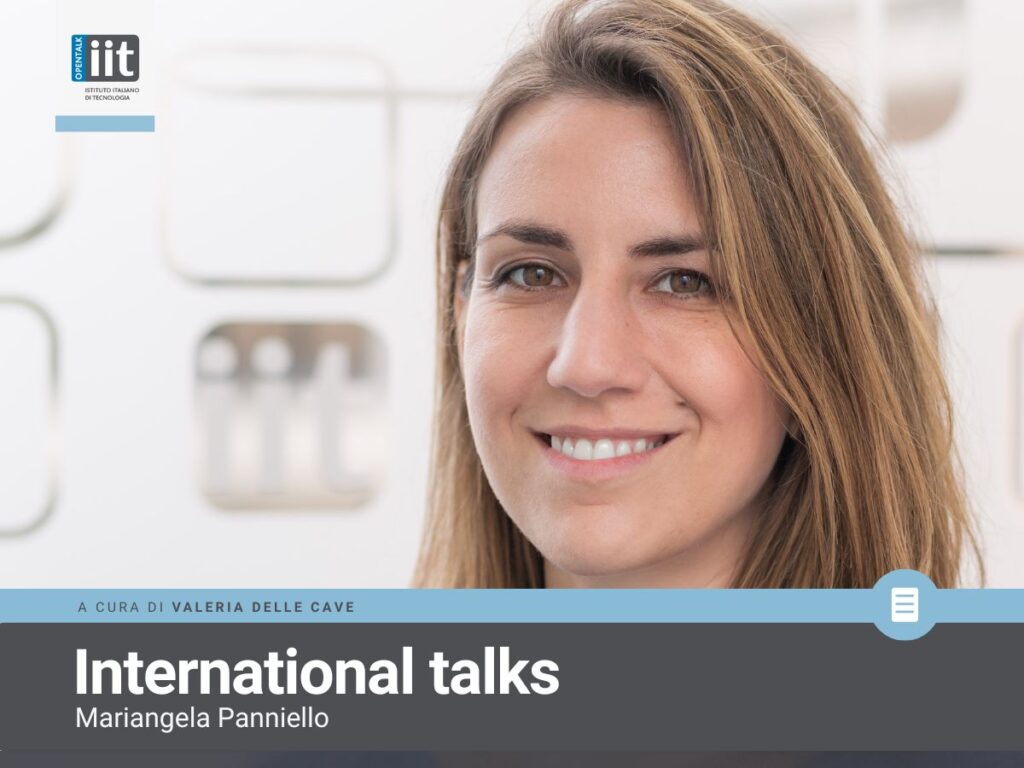Capturing Energy of Light with Nanocubes
Development of sustainable energy sources is one of the main challenges facing society today. Sunlight is the most abundant source of renewable energy, and silicon-based solar cells are our current approach to capturing it. A usual way of improving solar cells is to keep searching for a more efficient “silicon” because that is the simplest route. We are often taught that keeping things simple is good. I would argue that we are at the limit of simplicity. Complexity is the new frontier.I am a chemist working on a new approach that one day may change the way we harvest sunlight. The idea was inspired by phototrophic organisms (green plants, algae, photosynthetic bacteria) which are natural “solar cells” perfected by evolution. If we take a closer look at these organisms, we will find that light absorption and energy transfer there are managed by photosynthetic pigments like chlorophylls. Chlorophylls are organic molecules which look like tiny green pancakes with a handle. Chlorophylls are often stacked into columns which helps organisms to collect and transfer the sunlight energy. Precisely at this point of understanding of the natural photosynthesis, a question came to my mind: what if we replace chlorophylls with artificial materials that are more stable and have better properties?This question was the basis of a project I proposed for funding at the European Union, for the programme Marie Curie-Skłodowska Actions – Individual Fellowship. When I wrote the project, I was at the University of Colorado, finishing my Ph.D. in Chemistry. I was looking for a postdoctoral position in the hot topic of metal halide nanocrystals. I contacted Professor Liberato Manna at IIT, whose research group has established themselves as one of the pioneers in that field. The group at IIT has a broad experience in making artificial semiconductor nanomaterials which are perfect candidates for artificial pigments. That expertise combined with state of the art facilities for materials synthesis and characterization made IIT a desirable work destination.So I decided to use cube-shaped nanocrystals (nanocubes) instead of chlorophylls. The nanocubes are produced by chemical synthesis. A single nanocube is about 10 nm in size, which is several times larger than a chlorophyll molecule. Nanocubes are more stable than organic molecules because they are made from an inorganic semiconductor such as cesium lead bromide. Unlike the green color of chlorophylls, the nanocubes can be made in different colors by changing their chemical composition. Such tunability allows us to choose which parts of a solar spectrum to work with.In the past two years, together with a Ph.D. student Stefano Toso we found ways to manipulate interactions between the nanocubes and discovered their unique ability to self-organize into perfect stacks. The stacks of nanocubes, called superlattices, are fascinating objects. They are similar to stacks of chlorophylls found in nature but are entirely man-made. We also began to understand their light-emission properties. For example, when nanocubes are self-organized into superlattices they emit light of a longer wavelength than if nanocubes are separated from each other. Observations like this may indicate cooperative interactions between nanocubes and are promising signs of similarity with chlorophylls. These findings are significant because they set foundation for the future research of these new materials.Now we are facing other big questions. How does energy move inside nanocube superlattices? Can we utilize these new materials in optoelectronic devices?The project is interdisciplinary and covers different topics such as inorganic synthesis, structural analysis, and optical spectroscopy. The complexity of the project is what makes it extremely interesting because it stimulates collaborations with researchers in Italy and abroad. I feel lucky to be able to work on this ambitious project in the excellent research environment at IIT. The Marie Curie Fellowship stimulates my professional growth by supporting travel to visit collaborators and attend conferences.New ideas and scientific articles are what research is usually all about. However, what I also learned is that scientific work is very human too. Curiosity, learning, and making new friends are inseparable parts of research process. I met many new people through my work at IIT and picked up two sports that I never did before: ultimate frisbee and mountain skiing. It is funny to think about it in retrospect because I moved to Genova after living in Boulder, Colorado for several years where frisbee and skiing are very popular activities.___Dmitry Baranov is a Researcher (Marie Curie Fellow) at the Nanochemistry Department in IIT Central Research Labs in Genova. For research updates, follow us on Twitter at @NanochemistryI1 and @RETAIN_H2020

